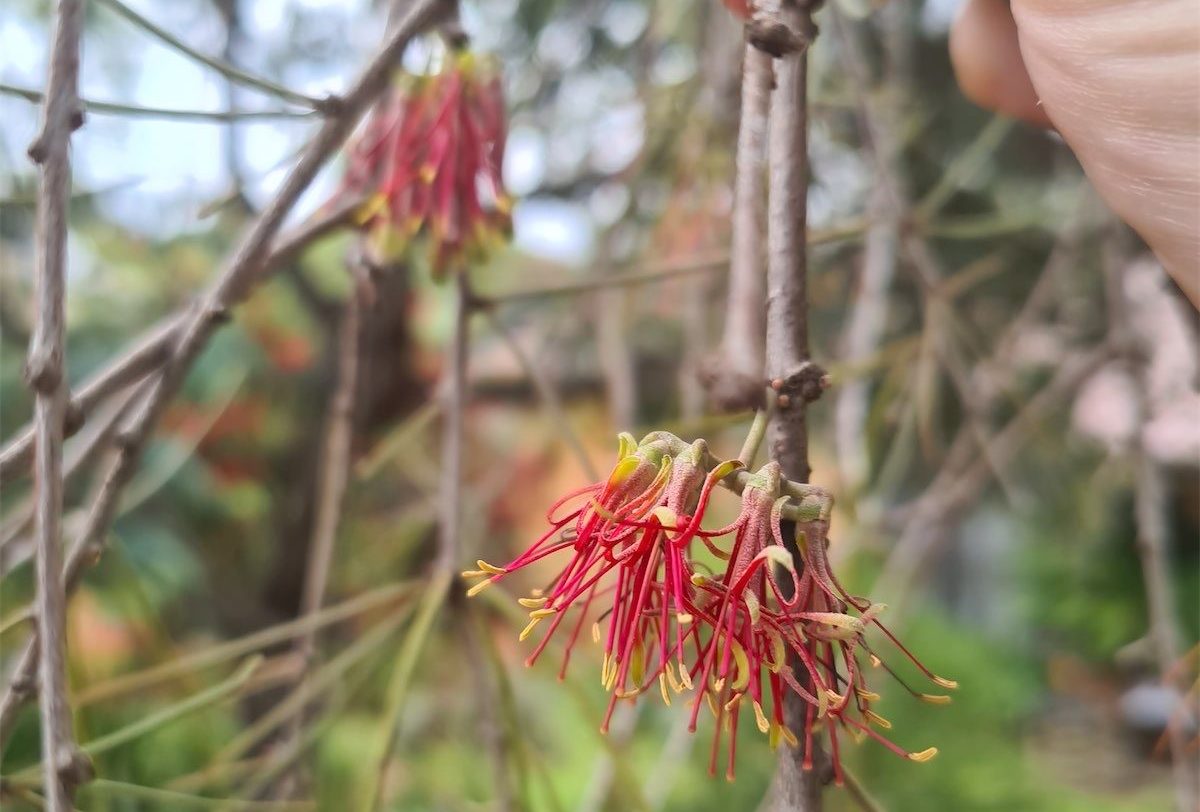
This week, gardening columnist JACKIE WARBURTON looks at wireleaf mistletoe, boggy garden beds and fungal diseases.
WIRELEAF mistletoes, which are blooming now, are epiphytic plants. That is, they are native to Australia and found on sheoaks and wattles in our region.

Mistletoe is parasitic and relies on its host plant for water and minerals but has its own chlorophyll and therefore makes its own sugars to grow.
Its flowers are red to orange and hang down gracefully with a delightful scent. It then produces pink, white or red berries.
The mistletoe bird, which is also known as the Australian flowerpecker, is attracted to the berries and the birds transfer the seed to other trees providing extra habitat for the species.
The mistletoe flowers in summer and is a delight to see when spotted on a bush walk. Butterflies such as the local Satin Azure also feed on this mistletoe. Although the 2003 bushfires affected the species, it’s now making its recovery and populations are increasing.
SOIL fungal diseases are causing havoc with all sorts of different plants this season with more water than most plants need.
If the garden beds are boggy and plants not growing well, the air spaces in the soil need to open up to give the roots room to grow and breathe.
Aerating the soil with a fork can be time consuming and not possible in some garden beds. An alternative is to use products that improve the soil with microbes, sea kelp and rock minerals. This helps activate what good minerals are already in the soil, alleviates compaction and increases aggregation in the soil.
These types of soil boosters are suitable for all natives and exotics and, by using on edibles, can maximise yield and growth as well.
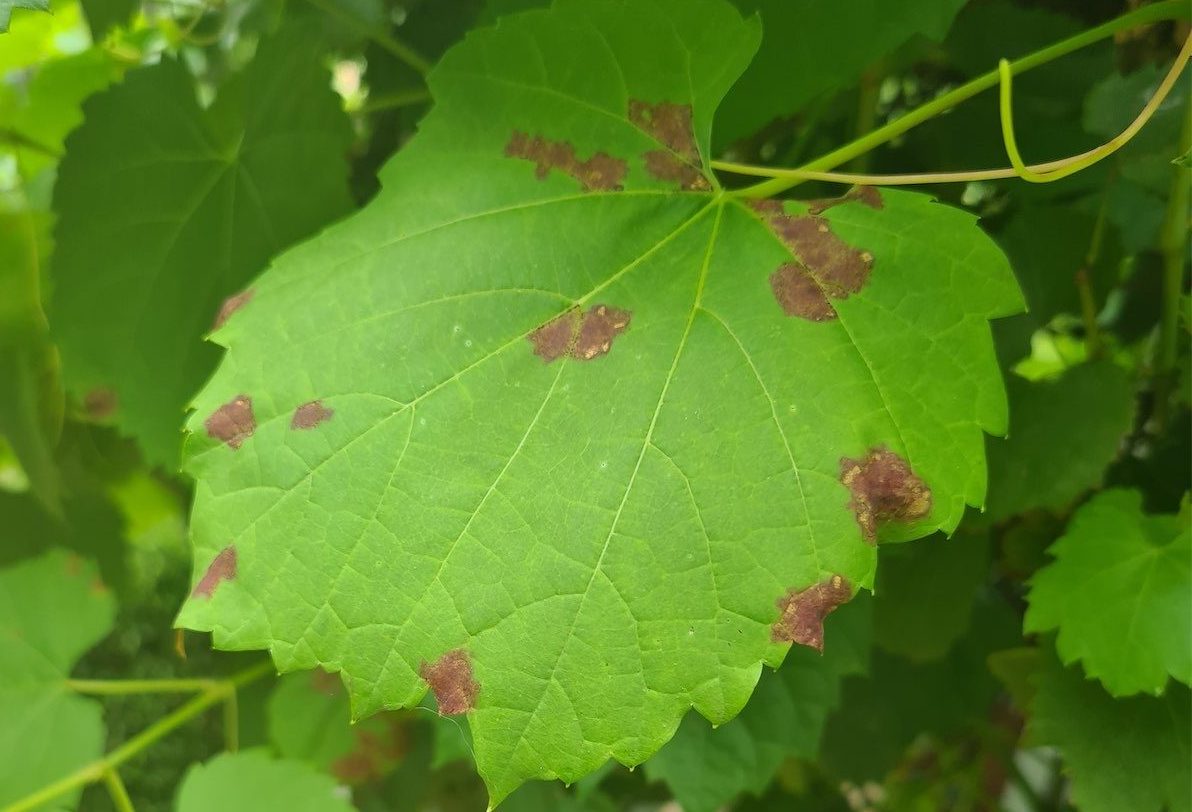
FUNGAL diseases can also be seen on the leaves of plants such as grapevines. The most common fungal attack is powdery mildew and blackspot on ornamental and edible grapes. Spread by spores in wet weather, it affects all parts of the stem, leaves and fruit. Over winter, my grapevines got more fungal treatments than usual.
If there are any signs of spotting on the leaf this season, a wettable sulphur spray will help from early shoot growth to bloom. An added bonus wettable sulphur is also a miticide and prevents blister mite in grapes as well.
WITH the threat of frost quite slim, now’s the time to get all the summer crops growing in the garden, such as basil, cucumbers, eggplants, tomatoes and zucchinis. Buying seedlings will get your seeds off to a good start. Dig over the soil where you want to plant seedlings, water in and sprinkle diatomaceous earth around the seedlings to keep slaters and earwigs at bay.
GARLIC will be ready to harvest now, although timing is essential for harvesting. When about 50 per cent of the leaves are going brown from the ground up, then it is time to pull and store it.
I grew Monaro purple this year. It is a hard-neck variety and I will be harvesting the scapes (flower stems), too. They grow about four to six weeks before the bulb is mature. The stems can be stiff or curly and can be removed to benefit the garlic bulb itself and used as a green vegetable with a mild-garlic flavour.
IF dahlias have been left in the ground over winter, there should be signs of growth. They can be dug up with a fork and carefully divided and replanted. Use a fertiliser low in nitrogen and high in potassium and phosphorus.
Who can be trusted?
In a world of spin and confusion, there’s never been a more important time to support independent journalism in Canberra.
If you trust our work online and want to enforce the power of independent voices, I invite you to make a small contribution.
Every dollar of support is invested back into our journalism to help keep citynews.com.au strong and free.
Thank you,
Ian Meikle, editor

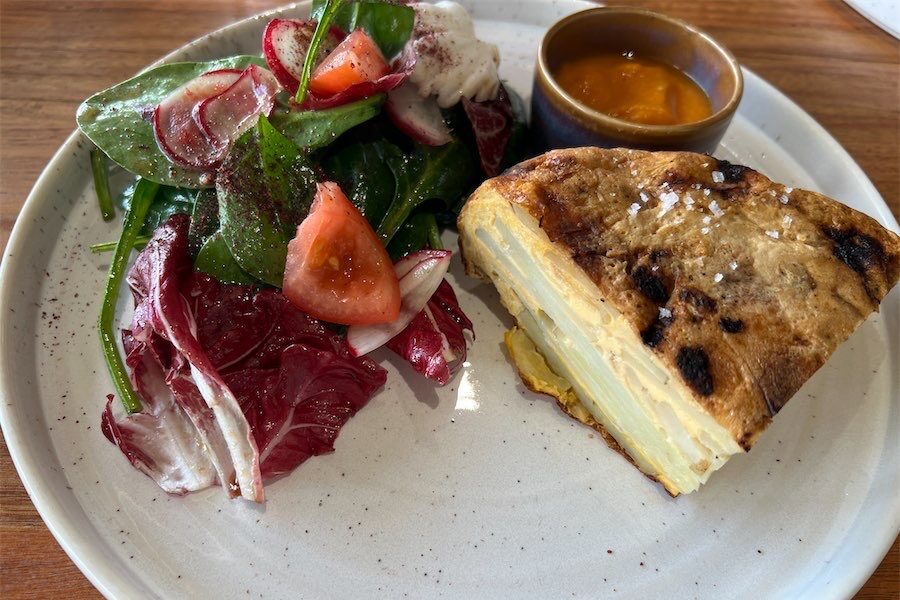
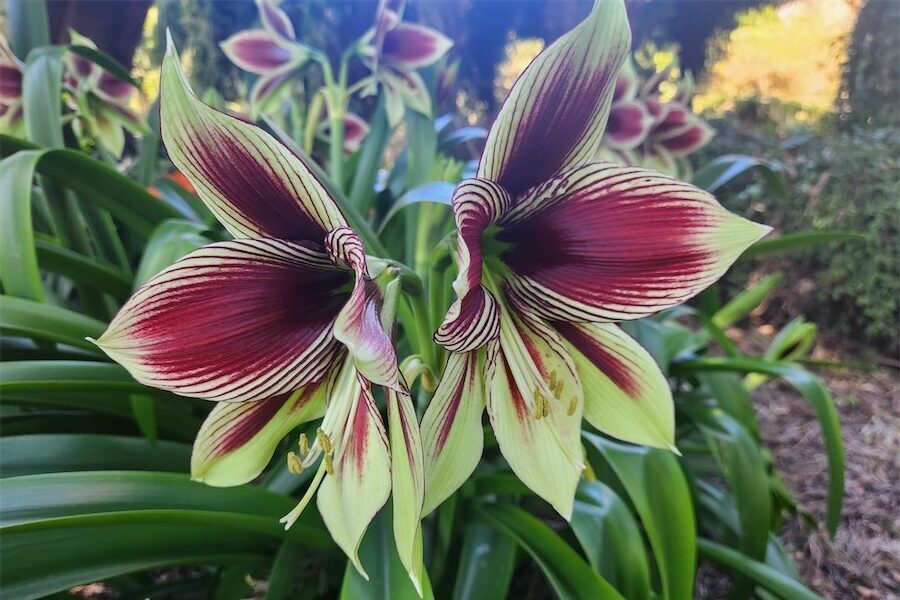
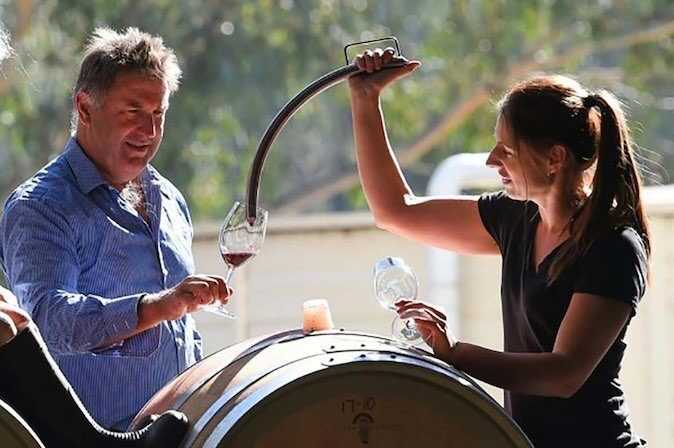

Leave a Reply